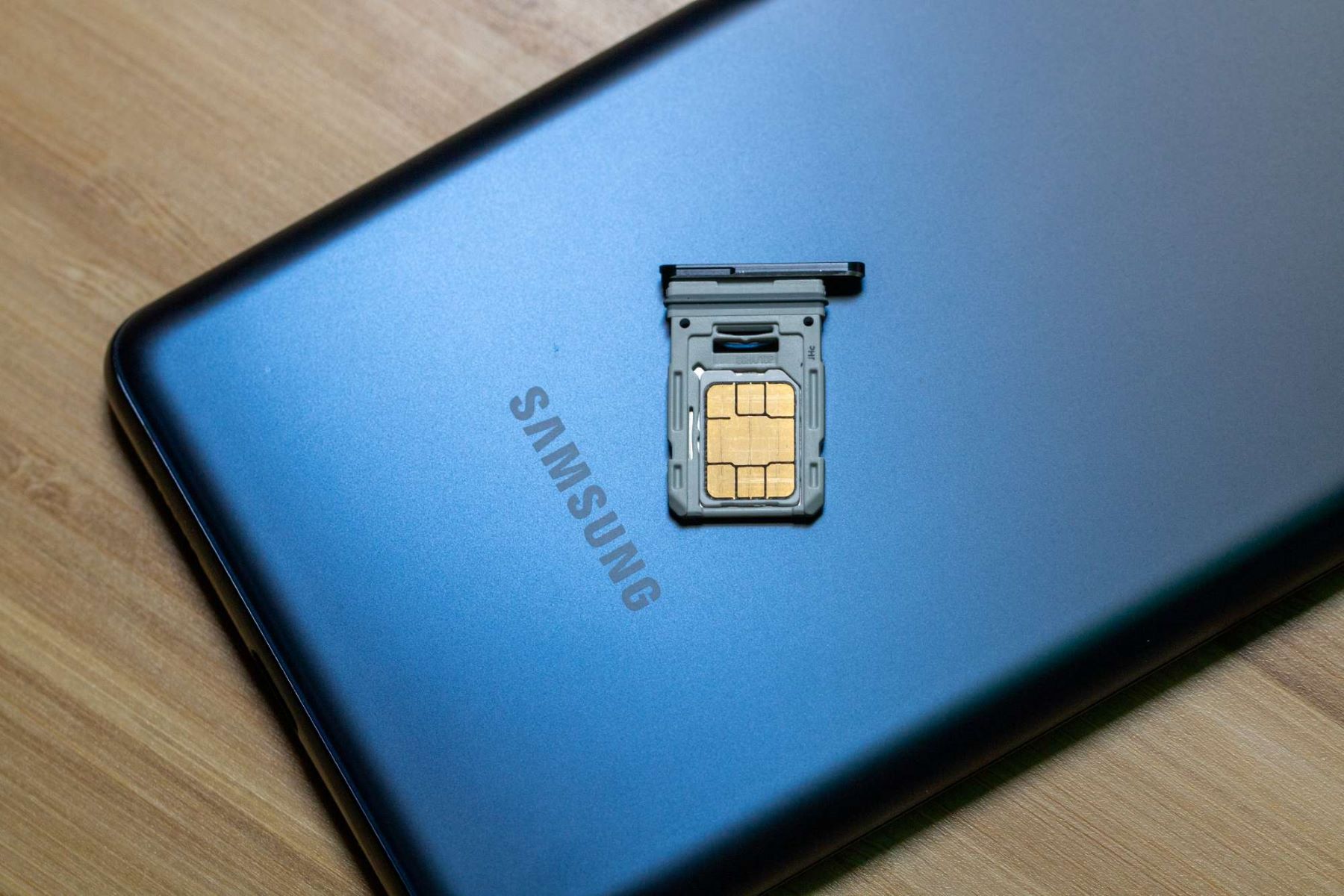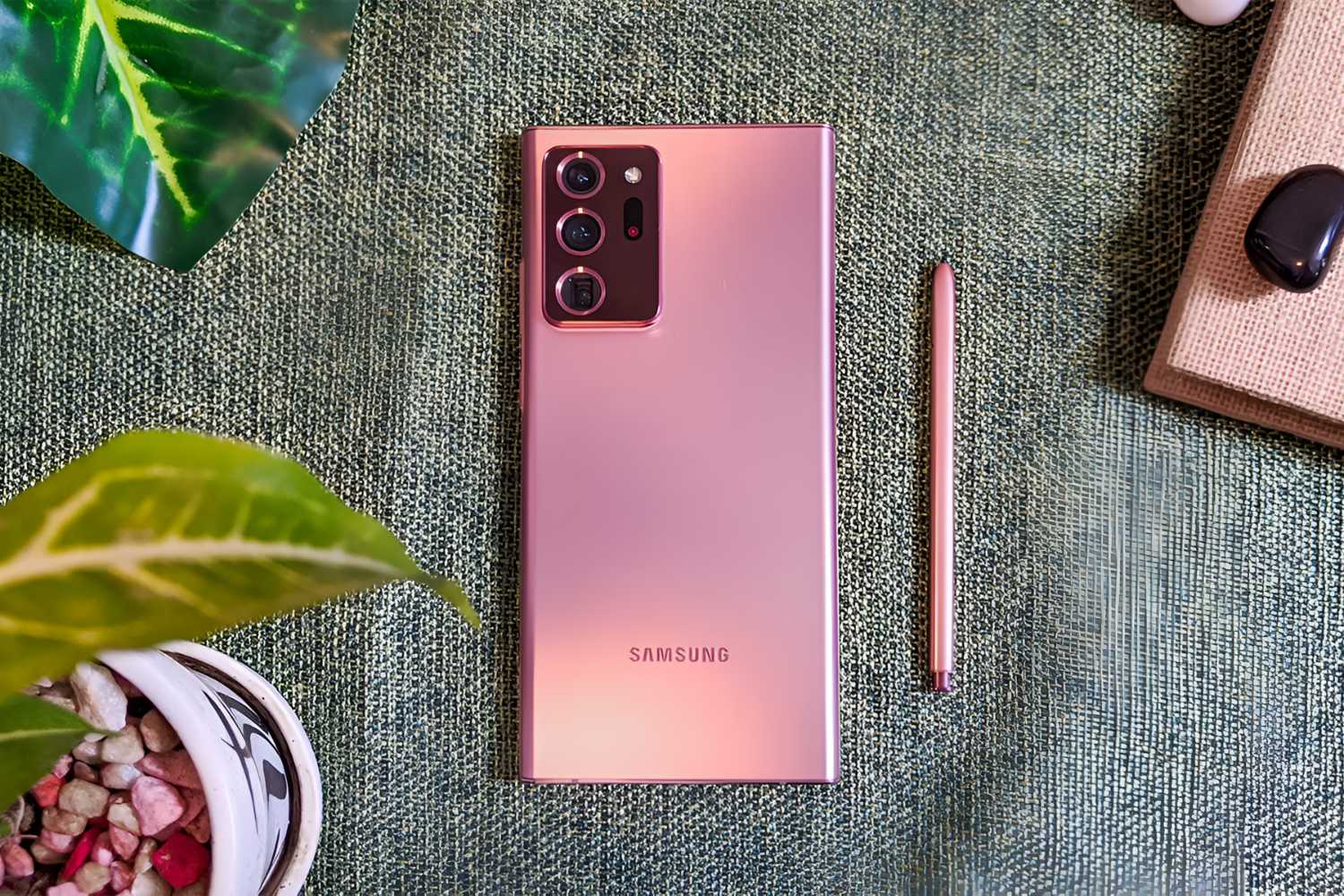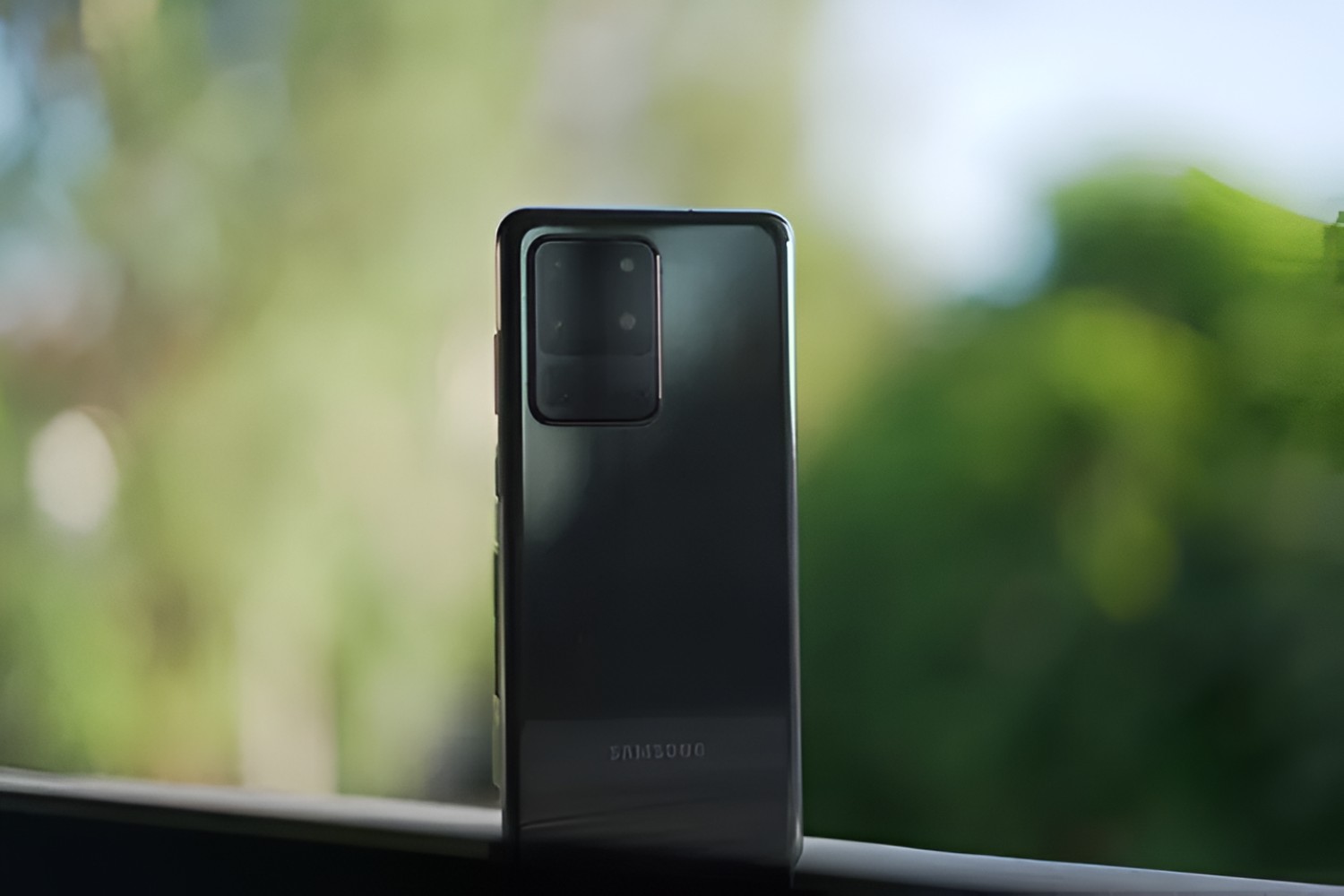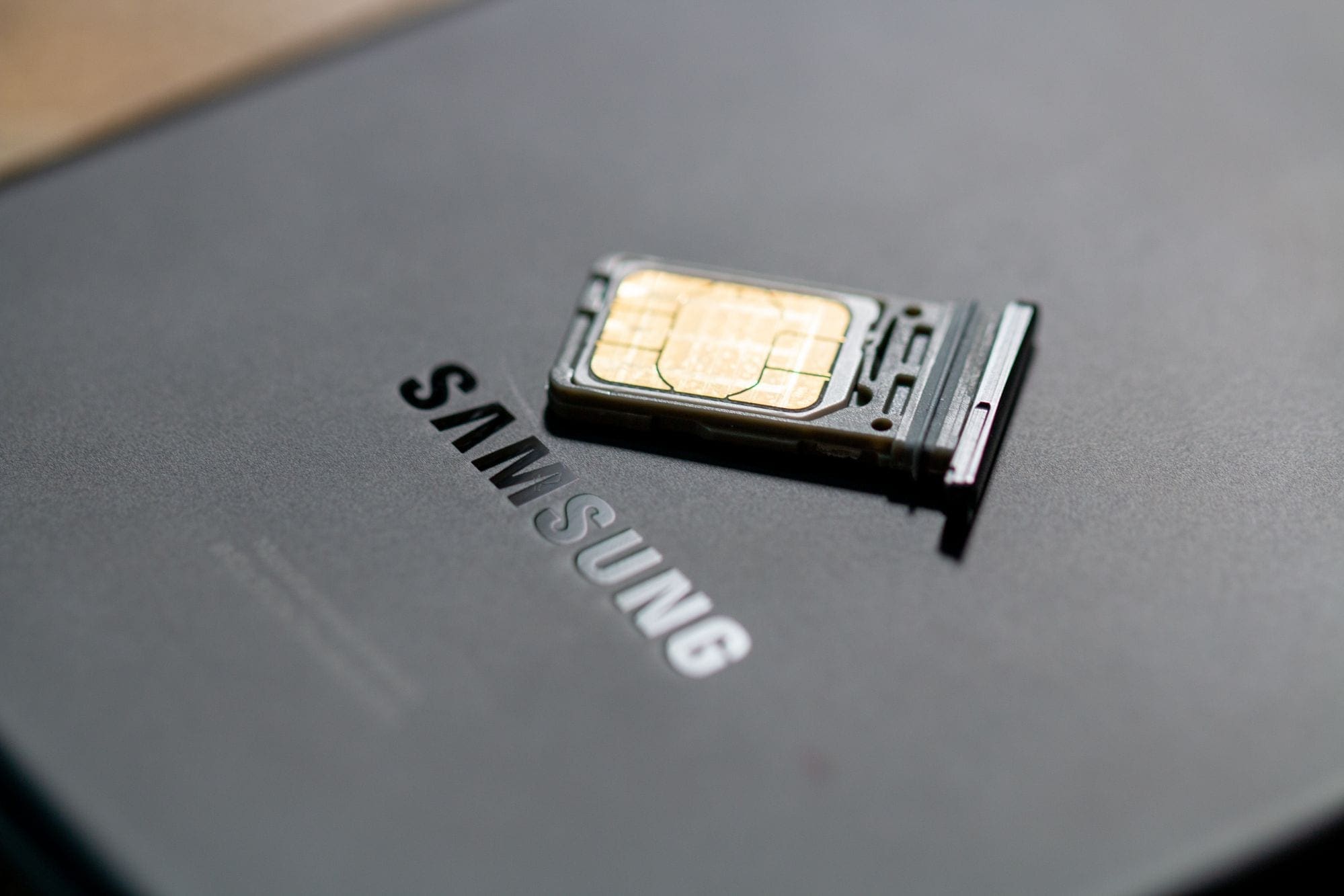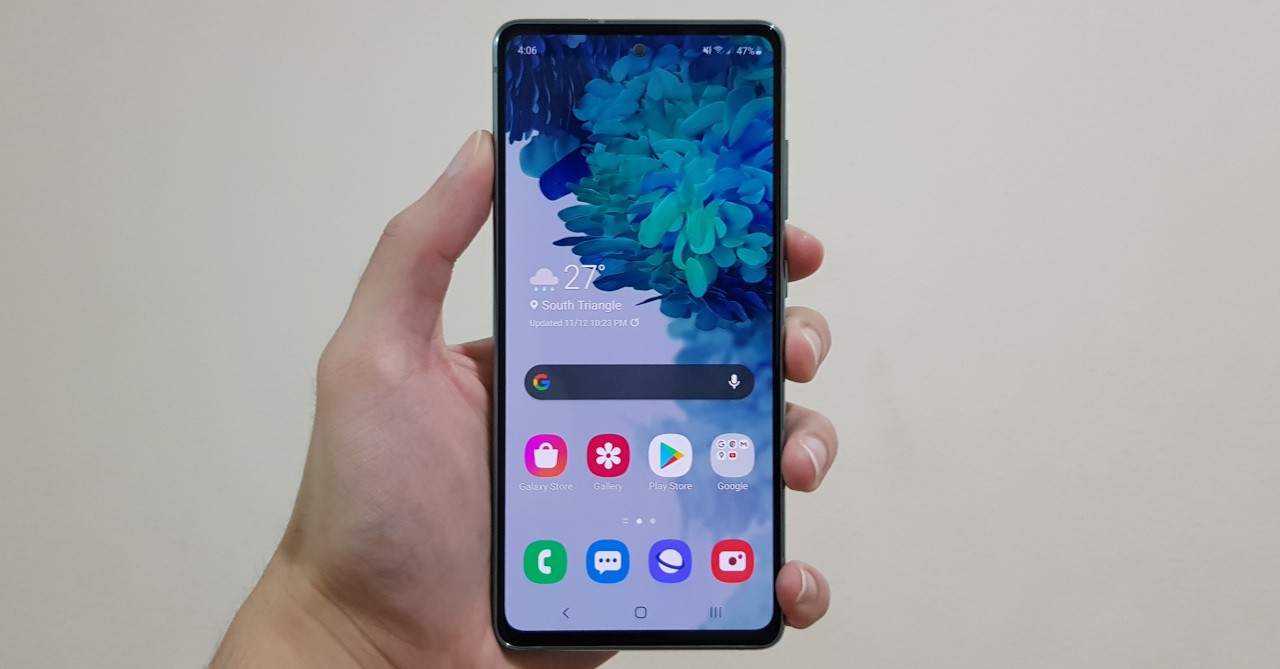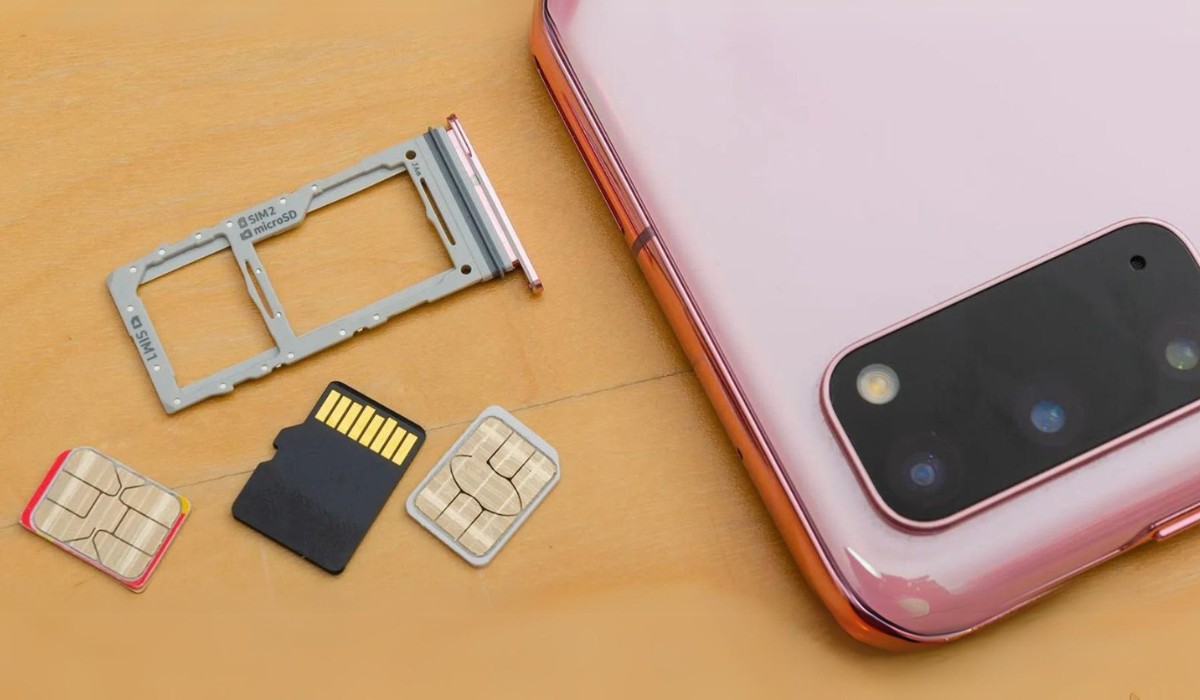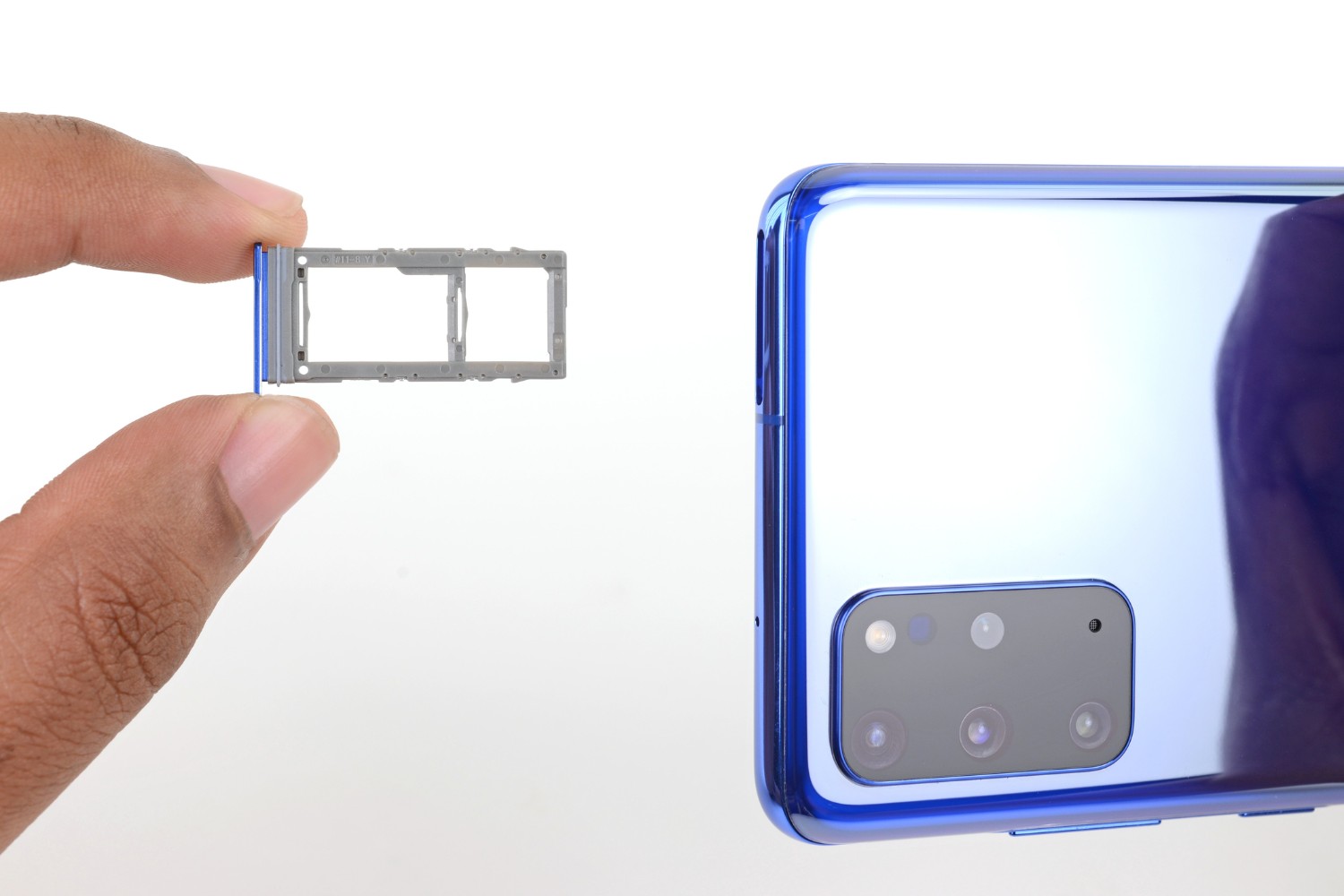What is eSIM?
eSIM, short for embedded SIM, is a cutting-edge technology that is revolutionizing the way we connect to mobile networks. Unlike traditional SIM cards, which are physical, removable chips, eSIM is embedded directly into the device, eliminating the need for a physical SIM card. This innovative feature is designed to provide users with greater flexibility, convenience, and efficiency when it comes to managing their mobile connectivity.
eSIM technology allows users to store multiple mobile network profiles on a single device, enabling seamless switching between different carriers without the hassle of physically swapping SIM cards. This means that users can easily switch between personal and business lines, local and international plans, or different data providers, all within the same device.
One of the key advantages of eSIM is its space-saving design. By eliminating the need for a physical SIM card slot, manufacturers can create sleeker, more compact devices with larger screens or extended battery life. This not only enhances the aesthetics of the device but also contributes to a more streamlined user experience.
Furthermore, eSIM technology is paving the way for a new era of connected devices beyond smartphones. It is being integrated into a wide range of devices, including smartwatches, tablets, laptops, and even IoT (Internet of Things) devices, enabling seamless connectivity across various gadgets without the need for physical SIM cards.
In essence, eSIM represents a significant leap forward in mobile connectivity, offering users greater flexibility, convenience, and versatility in managing their network connections. As this technology continues to gain traction, it is poised to redefine the way we connect and communicate in an increasingly interconnected world.
Benefits of using eSIM
-
Enhanced Convenience: With eSIM technology, users can say goodbye to the hassle of physically swapping SIM cards when changing mobile carriers or traveling internationally. The ability to store multiple mobile network profiles on a single device allows for seamless switching between different carriers and plans, all without the need for a physical SIM card.
-
Space-Saving Design: The integration of eSIM eliminates the need for a physical SIM card slot, enabling manufacturers to design sleeker, more compact devices with larger screens or extended battery life. This not only enhances the aesthetics of the device but also contributes to a more streamlined user experience.
-
Flexibility and Versatility: eSIM technology empowers users to manage multiple mobile network profiles on a single device, providing the flexibility to switch between personal and business lines, local and international plans, or different data providers. This level of versatility ensures that users can tailor their connectivity to suit their specific needs without any limitations.
-
Seamless Connectivity Across Devices: Beyond smartphones, eSIM technology is being integrated into a wide range of devices, including smartwatches, tablets, laptops, and IoT devices. This seamless connectivity across various gadgets eliminates the need for physical SIM cards and simplifies the process of managing network connections across multiple devices.
-
Enhanced Security and Reliability: eSIM technology offers enhanced security features, such as remote SIM provisioning and over-the-air updates, which contribute to a more secure and reliable mobile connectivity experience. This ensures that users can trust in the integrity of their network connections and have peace of mind when it comes to their data and communications.
-
Environmental Sustainability: By eliminating the need for physical SIM cards, eSIM technology contributes to reducing electronic waste and the environmental impact associated with traditional SIM card production and disposal. This aligns with the growing emphasis on sustainability and eco-friendly practices in the tech industry.
In summary, the benefits of using eSIM technology are far-reaching, encompassing enhanced convenience, space-saving design, flexibility, seamless connectivity across devices, enhanced security and reliability, and environmental sustainability. As eSIM continues to gain momentum, it is poised to redefine the way users manage their mobile connectivity, offering a host of advantages that cater to the evolving needs of the modern digital lifestyle.
Compatibility of eSIM with Samsung S20
The Samsung S20 is among the flagship smartphones that have embraced the revolutionary eSIM technology, offering users the flexibility and convenience of managing their mobile connectivity without the constraints of traditional physical SIM cards. The compatibility of eSIM with the Samsung S20 opens up a world of possibilities for users, allowing them to seamlessly integrate multiple mobile network profiles into their device and enjoy the benefits of this advanced technology.
The Samsung S20's compatibility with eSIM technology means that users can take full advantage of the device's dual SIM capabilities, combining the eSIM functionality with a physical SIM card to cater to their specific connectivity needs. This dual SIM capability empowers users to maintain two separate mobile lines on a single device, whether for personal and business use, local and international connectivity, or any other combination that suits their lifestyle.
Furthermore, the integration of eSIM technology into the Samsung S20 aligns with the device's cutting-edge features and premium design. By eliminating the need for a physical SIM card slot, the Samsung S20 can maintain its sleek and streamlined form factor, offering users a modern and sophisticated mobile experience without compromising on functionality.
The compatibility of eSIM with the Samsung S20 also extends to its seamless integration with various mobile carriers and network providers. Users can easily add eSIM profiles from supported carriers, enabling them to switch between different mobile plans and services directly from the device's settings. This level of flexibility and convenience ensures that users can tailor their mobile connectivity to their specific preferences without any limitations.
Moreover, the Samsung S20's compatibility with eSIM technology reflects the device's forward-looking approach to connectivity, embracing the latest advancements in mobile technology to meet the evolving needs of users in a rapidly changing digital landscape. As eSIM technology continues to gain traction across the industry, the Samsung S20 stands at the forefront, offering users a seamless and intuitive eSIM experience that complements the device's powerful capabilities.
In essence, the compatibility of eSIM with the Samsung S20 represents a significant milestone in mobile connectivity, empowering users to harness the full potential of eSIM technology within a premium and feature-rich smartphone. This compatibility opens up new avenues for users to personalize their mobile connectivity, manage multiple network profiles, and embrace the future of connected devices, all within the sleek and sophisticated framework of the Samsung S20.
How to add eSIM to your Samsung S20
Adding an eSIM to your Samsung S20 is a straightforward process that empowers you to unlock the full potential of this advanced mobile connectivity technology. Here's a step-by-step guide to seamlessly integrate an eSIM into your Samsung S20:
-
Check eSIM Compatibility: Before proceeding, ensure that your mobile carrier supports eSIM activation for the Samsung S20. Not all carriers offer eSIM support, so it's essential to verify this compatibility with your carrier beforehand.
-
Obtain eSIM Activation Information: Contact your mobile carrier to obtain the necessary eSIM activation information, which typically includes a QR code or an activation code. This information is essential for provisioning the eSIM on your Samsung S20.
-
Access eSIM Settings: On your Samsung S20, navigate to the device settings and select the "Connections" or "Mobile Networks" option. Look for the "SIM card manager" or "eSIM" section to access the eSIM settings.
-
Add eSIM Profile: Within the eSIM settings, choose the option to "Add eSIM" or "Add SIM profile." You will be prompted to scan the QR code provided by your mobile carrier or enter the activation code manually. Follow the on-screen instructions to complete the eSIM provisioning process.
-
Verify eSIM Activation: Once the eSIM profile is added, verify that the activation process is successful. Your Samsung S20 will display the newly added eSIM profile, indicating that the eSIM is now active and ready for use.
-
Customize eSIM Label: For easy identification, consider customizing the label of the eSIM profile to reflect the mobile carrier or plan associated with the eSIM. This can be done within the eSIM settings, allowing you to distinguish between multiple eSIM profiles if applicable.
-
Restart and Test: To ensure that the eSIM is functioning properly, restart your Samsung S20 after activating the eSIM. Once the device restarts, test the eSIM connectivity by placing a call, sending a text message, or accessing mobile data to confirm seamless operation.
By following these steps, you can effortlessly add an eSIM to your Samsung S20, unlocking the benefits of this innovative technology and enhancing your mobile connectivity experience. The process is designed to be user-friendly and intuitive, allowing you to seamlessly integrate eSIM functionality into your Samsung S20 and enjoy the flexibility and convenience it offers.
Activating eSIM on your Samsung S20
Activating the eSIM on your Samsung S20 is a pivotal step that unlocks the full potential of this advanced mobile connectivity technology. The process is designed to be user-friendly and intuitive, empowering you to seamlessly integrate the eSIM functionality into your device and enjoy the flexibility and convenience it offers.
To initiate the activation of the eSIM on your Samsung S20, it is essential to ensure that your mobile carrier supports eSIM activation for the Samsung S20. Not all carriers offer eSIM support, so it's crucial to verify this compatibility with your carrier beforehand. Once you have confirmed the eSIM support with your carrier, you can proceed with the activation process.
The next step involves obtaining the necessary eSIM activation information from your mobile carrier. This typically includes a QR code or an activation code, which is essential for provisioning the eSIM on your Samsung S20. Contact your carrier to acquire this information, ensuring that you have the required details at hand before proceeding with the activation.
With the eSIM activation information in hand, you can access the eSIM settings on your Samsung S20. Navigate to the device settings and select the "Connections" or "Mobile Networks" option. Look for the "SIM card manager" or "eSIM" section to access the eSIM settings, where you will initiate the activation process.
Within the eSIM settings, choose the option to "Add eSIM" or "Add SIM profile." You will be prompted to scan the QR code provided by your mobile carrier or enter the activation code manually. Follow the on-screen instructions to complete the eSIM provisioning process, ensuring that the provided information is accurately inputted to facilitate a seamless activation.
Once the eSIM profile is added, verify that the activation process is successful. Your Samsung S20 will display the newly added eSIM profile, indicating that the eSIM is now active and ready for use. This confirmation ensures that the eSIM has been successfully provisioned and is prepared to deliver the benefits of enhanced mobile connectivity.
For easy identification, consider customizing the label of the eSIM profile within the eSIM settings to reflect the mobile carrier or plan associated with the eSIM. This customization allows you to distinguish between multiple eSIM profiles if applicable, ensuring clarity and ease of use.
To ensure that the eSIM is functioning properly, restart your Samsung S20 after activating the eSIM. Once the device restarts, test the eSIM connectivity by placing a call, sending a text message, or accessing mobile data to confirm seamless operation. This verification step ensures that the eSIM is fully operational and ready to cater to your mobile connectivity needs.
By following these steps, you can seamlessly activate the eSIM on your Samsung S20, harnessing the benefits of this innovative technology and enhancing your mobile connectivity experience. The activation process is designed to be straightforward and user-friendly, allowing you to integrate eSIM functionality into your Samsung S20 with ease and efficiency.
Managing multiple eSIM profiles on Samsung S20
Managing multiple eSIM profiles on the Samsung S20 empowers users to tailor their mobile connectivity to suit a diverse range of needs, whether it involves maintaining separate personal and business lines, juggling local and international plans, or seamlessly switching between different mobile carriers. The ability to store and manage multiple eSIM profiles on a single device offers unparalleled flexibility and convenience, ensuring that users can adapt their connectivity to various scenarios without any limitations.
To begin managing multiple eSIM profiles on the Samsung S20, users can access the device settings and navigate to the eSIM or SIM card manager section. Within this interface, the option to add additional eSIM profiles is readily available, allowing users to seamlessly integrate multiple mobile network profiles into their device.
Once the additional eSIM profiles are added, users can easily switch between them directly from the device settings, enabling swift transitions between different mobile carriers or plans based on their specific requirements. This seamless switching capability ensures that users can effortlessly adapt their connectivity to changing circumstances, whether it involves travel, business needs, or personal preferences.
Furthermore, the Samsung S20 provides the functionality to customize the labels of the added eSIM profiles, allowing users to distinguish between them with ease. By assigning distinct labels that reflect the associated mobile carriers or plans, users can readily identify and select the desired eSIM profile for their current connectivity needs.
The management of multiple eSIM profiles on the Samsung S20 aligns with the device's commitment to user-centric design and intuitive functionality. The interface for managing eSIM profiles is designed to be user-friendly and accessible, ensuring that users can navigate and customize their connectivity with ease.
Moreover, the seamless integration of multiple eSIM profiles on the Samsung S20 reflects the device's forward-thinking approach to mobile connectivity, catering to the evolving needs of users in an increasingly interconnected world. This capability positions the Samsung S20 as a versatile and adaptable device that empowers users to personalize their mobile connectivity according to their unique preferences and circumstances.
In essence, the Samsung S20's support for managing multiple eSIM profiles represents a significant advancement in mobile connectivity, offering users the freedom to tailor their network connections to diverse scenarios and requirements. This capability underscores the device's commitment to delivering a seamless and versatile mobile experience, ensuring that users can harness the full potential of eSIM technology within the sleek and sophisticated framework of the Samsung S20.







